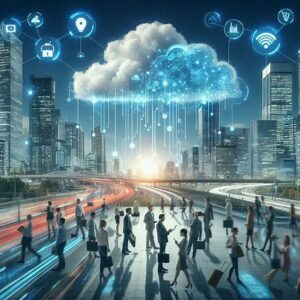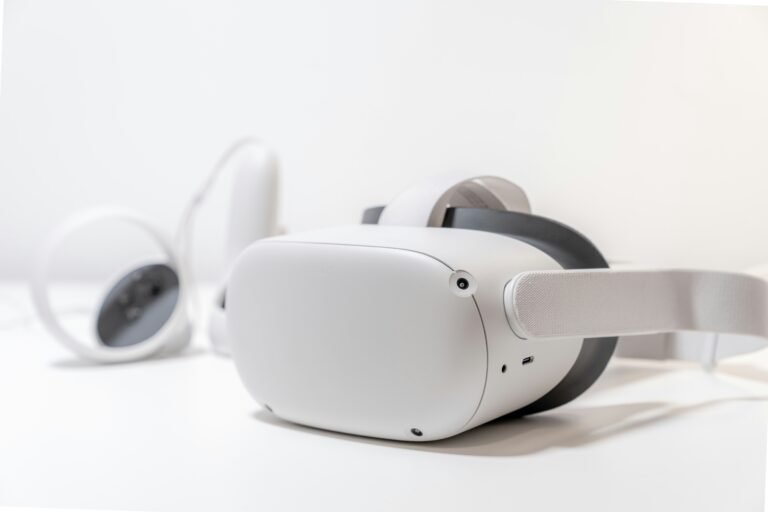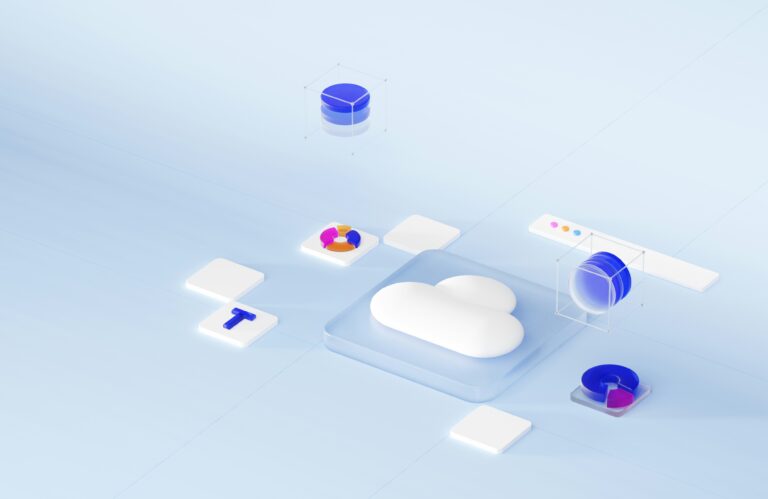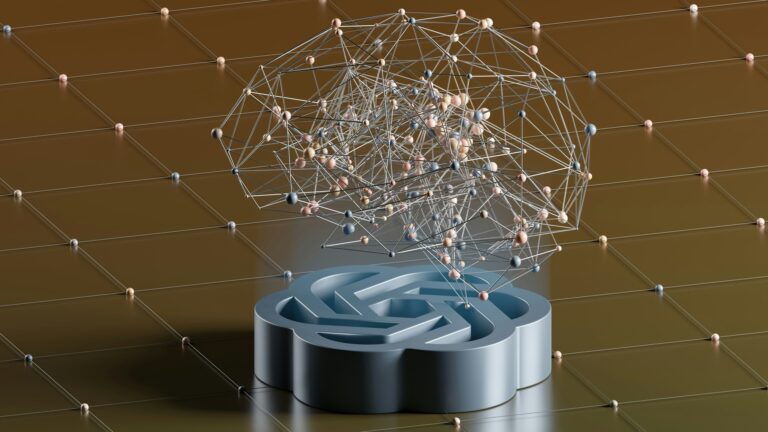
Introduction
Imagine a world where your smart devices, like traffic cameras or medical wearables, can process data instantly without relying solely on distant cloud servers, yet still tap into the cloud’s power when needed. This is the essence of fog computing, a technology that brings data processing closer to where it’s generated, creating a bridge between devices and the cloud. By reducing delays and enhancing efficiency, fog computing is transforming industries and daily life. This article explores what fog computing is, how it works, its real-world applications, current trends, and its potential to shape a connected future, all in an engaging and accessible way for everyone.
What is Fog Computing?
Fog computing is a decentralized computing framework that extends cloud computing capabilities to the “edge” of the network, closer to devices generating data, such as IoT sensors, smartphones, or industrial machines. Introduced by Cisco in 2012, fog computing acts as an intermediary layer between edge devices and centralized cloud servers, processing data locally to reduce latency, save bandwidth, and improve reliability.
Key Features of Fog Computing
- Localized Processing: Data is analyzed on fog nodes (e.g., routers or gateways) near the source, minimizing delays.
- Scalability: Supports millions of IoT devices by distributing computing tasks across fog nodes.
- Connectivity: Integrates with cloud systems for storage or complex processing when needed.
- Efficiency: Reduces bandwidth usage by filtering data locally before sending it to the cloud.
For example, a smart traffic light using fog computing can process camera data locally to adjust signals in real-time, only sending summary data to the cloud for long-term analysis.
Fog vs. Edge vs. Cloud Computing
- Edge Computing: Processes data directly on the device (e.g., a smartwatch analyzing heart rate).
- Fog Computing: Uses nearby nodes (e.g., a local router) to process data, bridging devices and the cloud.
- Cloud Computing: Relies on distant servers for heavy computation and storage, like AWS or Google Cloud.
Fog computing complements both, offering a middle ground for applications needing speed and scalability.
How Fog Computing Works
Fog computing operates through a network of fog nodes—devices like routers, gateways, or dedicated servers—that sit between edge devices and the cloud. Here’s a simplified process:
- Data Collection: Edge devices, such as sensors or cameras, gather data like temperature or video feeds.
- Local Processing: Fog nodes analyze the data using lightweight algorithms, making real-time decisions (e.g., triggering an alert).
- Data Filtering: Relevant or summarized data is sent to the cloud for storage or further analysis, reducing bandwidth needs.
- Cloud Integration: Fog nodes communicate with cloud servers for tasks requiring more computing power, like machine learning model updates.
- Feedback Loop: Processed data or commands are sent back to edge devices for action, such as adjusting a thermostat.
For instance, in a smart factory, a fog node might analyze machine sensor data to predict maintenance needs, sending only critical alerts to the cloud.
Real-World Applications of Fog Computing
Fog computing is driving innovation across industries by enabling faster, more efficient, and reliable systems.
Smart Cities
Fog computing powers smart city infrastructure, such as traffic management and public safety. In Toronto, fog nodes process data from traffic cameras to optimize signal timings, reducing congestion without overloading cloud servers. Similarly, fog-enabled surveillance systems analyze video feeds locally to detect suspicious activity in real-time.
Healthcare
In healthcare, fog computing supports real-time patient monitoring. Wearable devices, like heart monitors, send data to nearby fog nodes for immediate analysis, alerting doctors to anomalies without cloud delays. Hospitals use fog systems to manage IoT medical devices, ensuring reliable operation during network outages.
Industrial IoT
Factories leverage fog computing for predictive maintenance and automation. For example, General Electric uses fog nodes to process sensor data from turbines, detecting potential failures locally to minimize downtime, while sending aggregated data to the cloud for long-term analytics.
Autonomous Vehicles
Self-driving cars rely on fog computing to process sensor data (e.g., LIDAR or radar) locally for split-second decisions, like avoiding obstacles. Fog nodes at roadside stations can also share traffic or weather data with vehicles, enhancing safety without constant cloud reliance.
Retail and Logistics
Retail stores use fog computing to manage IoT devices like smart shelves, which track inventory in real-time. In logistics, fog nodes at warehouses process sensor data to optimize package routing, reducing delays and cloud bandwidth costs.
Just as journalists chase the truth, traders chase trends. Explore both worlds in our finance coverage.
Current Trends in Fog Computing
As of June 2025, fog computing is gaining traction, driven by the explosion of IoT devices and the need for real-time processing. Here are key trends:
Integration with 5G
5G networks, with their low latency and high bandwidth, enhance fog computing by enabling faster communication between edge devices and fog nodes. This supports applications like real-time traffic management, as seen in 5G-enabled smart cities.
AI and Machine Learning at the Edge
Fog nodes are increasingly embedding AI for local data analysis, known as Edge AI. For example, NVIDIA’s Jetson platform powers fog nodes with AI capabilities, enabling smart cameras to recognize objects without cloud dependency.
Open Fog Consortium Standards
Efforts like the OpenFog Consortium (now part of the Industrial Internet Consortium) are standardizing fog architectures, ensuring interoperability across devices and industries, which boosts adoption.
Security Enhancements
Fog computing improves security by processing sensitive data locally, reducing exposure. Advances in encryption and blockchain-based fog systems, like those by IBM, protect data across distributed nodes.
Sustainability Focus
Fog computing reduces energy consumption by minimizing data transfers to the cloud. Companies like Cisco are optimizing fog nodes for low-power operation, aligning with green technology goals.
Benefits of Fog Computing
Fog computing offers significant advantages:
- Low Latency: Local processing enables real-time responses, critical for autonomous vehicles or healthcare.
- Bandwidth Savings: Filtering data locally reduces cloud traffic, lowering costs.
- Reliability: Operates during network outages, ensuring continuous functionality.
- Privacy: Keeps sensitive data closer to the source, enhancing security.
- Scalability: Supports the growing number of IoT devices without overloading cloud infrastructure.
Challenges of Fog Computing
Despite its potential, fog computing faces obstacles:
- Complexity: Managing distributed fog nodes requires sophisticated orchestration.
- Security Risks: Fog nodes, if not secured, can be vulnerable to physical or cyber attacks.
- Cost: Deploying fog infrastructure, like gateways, can be expensive for small organizations.
- Interoperability: Ensuring compatibility across diverse devices and vendors is challenging.
- Maintenance: Distributed nodes require regular updates and monitoring, increasing operational demands.
Addressing these requires standardized protocols, robust security, and cost-effective hardware.
The Future of Fog Computing
By 2030, fog computing is expected to be a cornerstone of IoT ecosystems, with transformative impacts:
- Smart Ecosystems: Cities, factories, and homes will rely on fog computing for seamless, real-time operations.
- Healthcare Innovation: Fog-enabled wearables will enable continuous health monitoring, improving outcomes.
- Autonomous Systems: Vehicles and drones will use fog computing for safer, faster decision-making.
- Global Scalability: Standardized fog frameworks will make deployment accessible to smaller organizations.
Investment in infrastructure, skills, and security will ensure fog computing’s widespread adoption.

Conclusion
Fog computing is revolutionizing how we process data in a connected world, bridging the gap between edge devices and the cloud. By enabling fast, secure, and efficient data processing, it powers smart cities, healthcare,really
Word count: 1000





